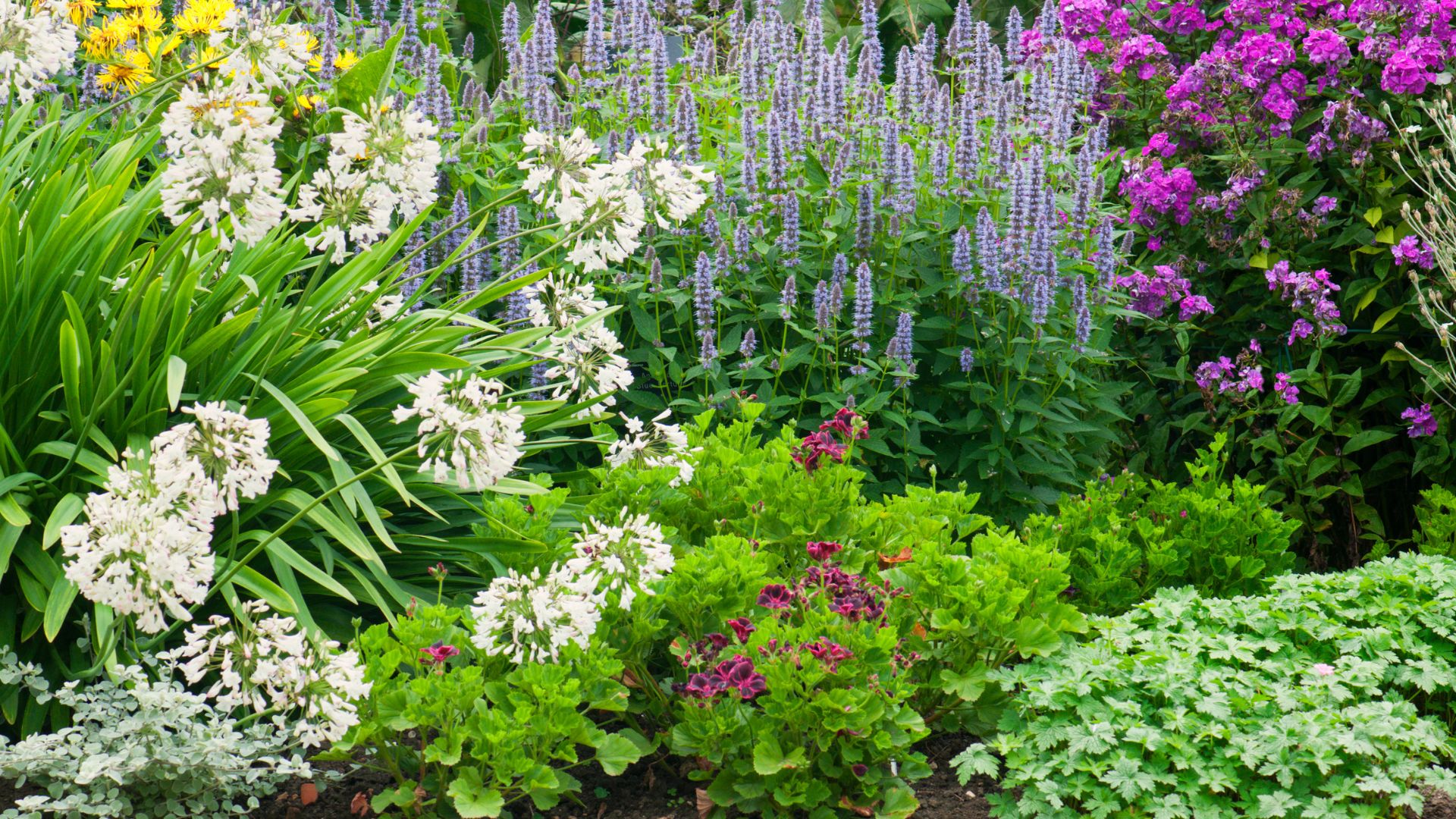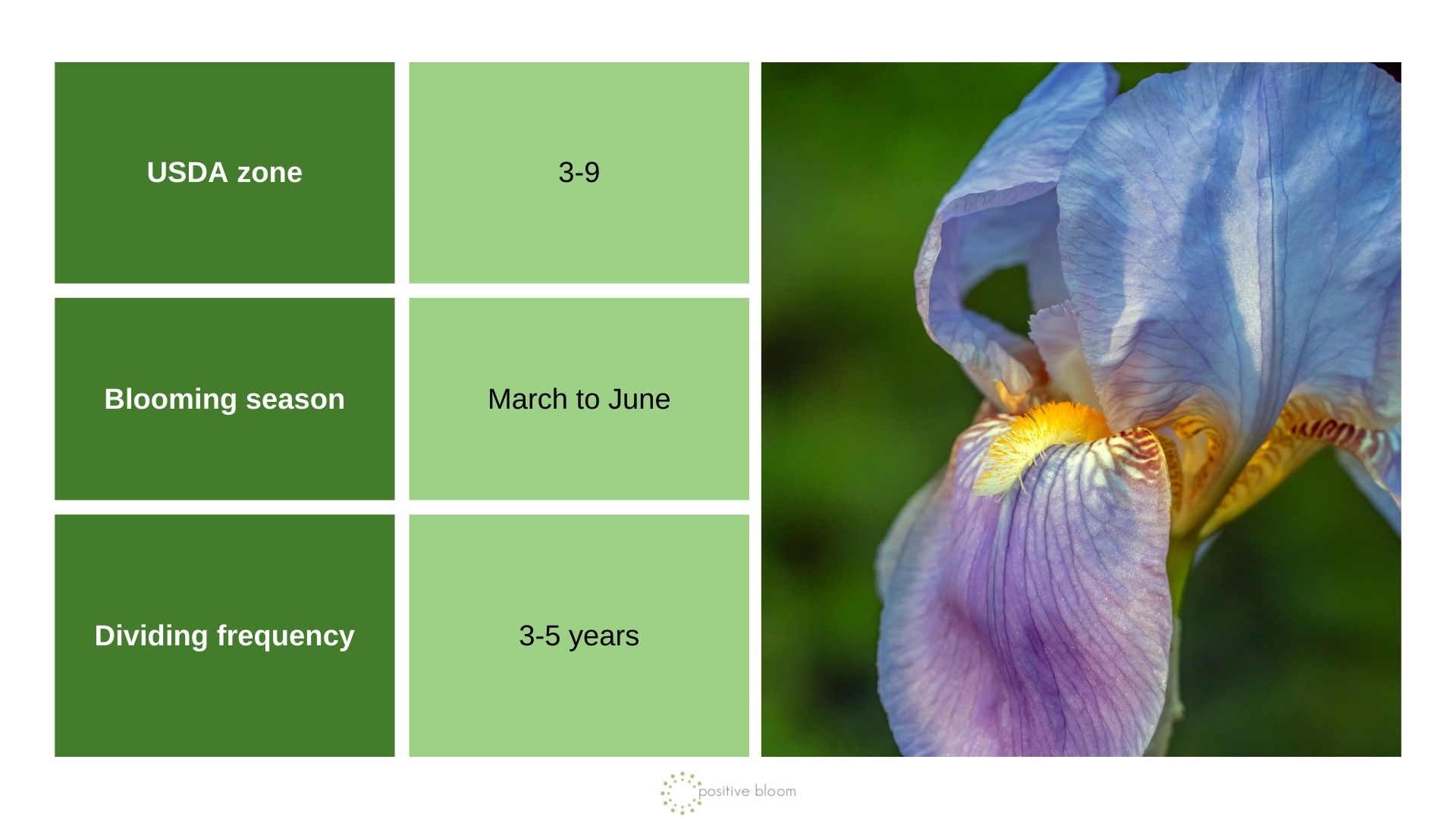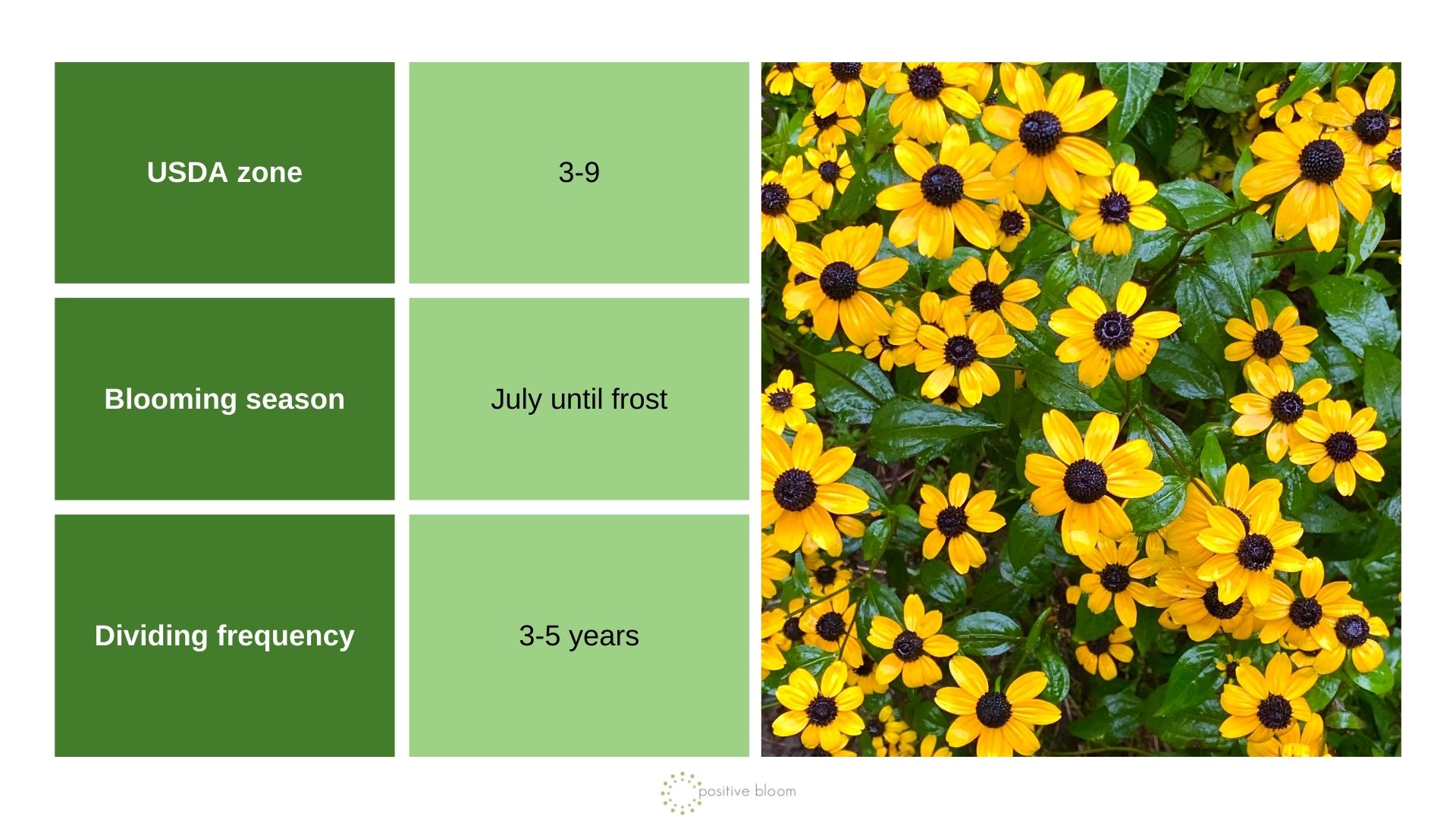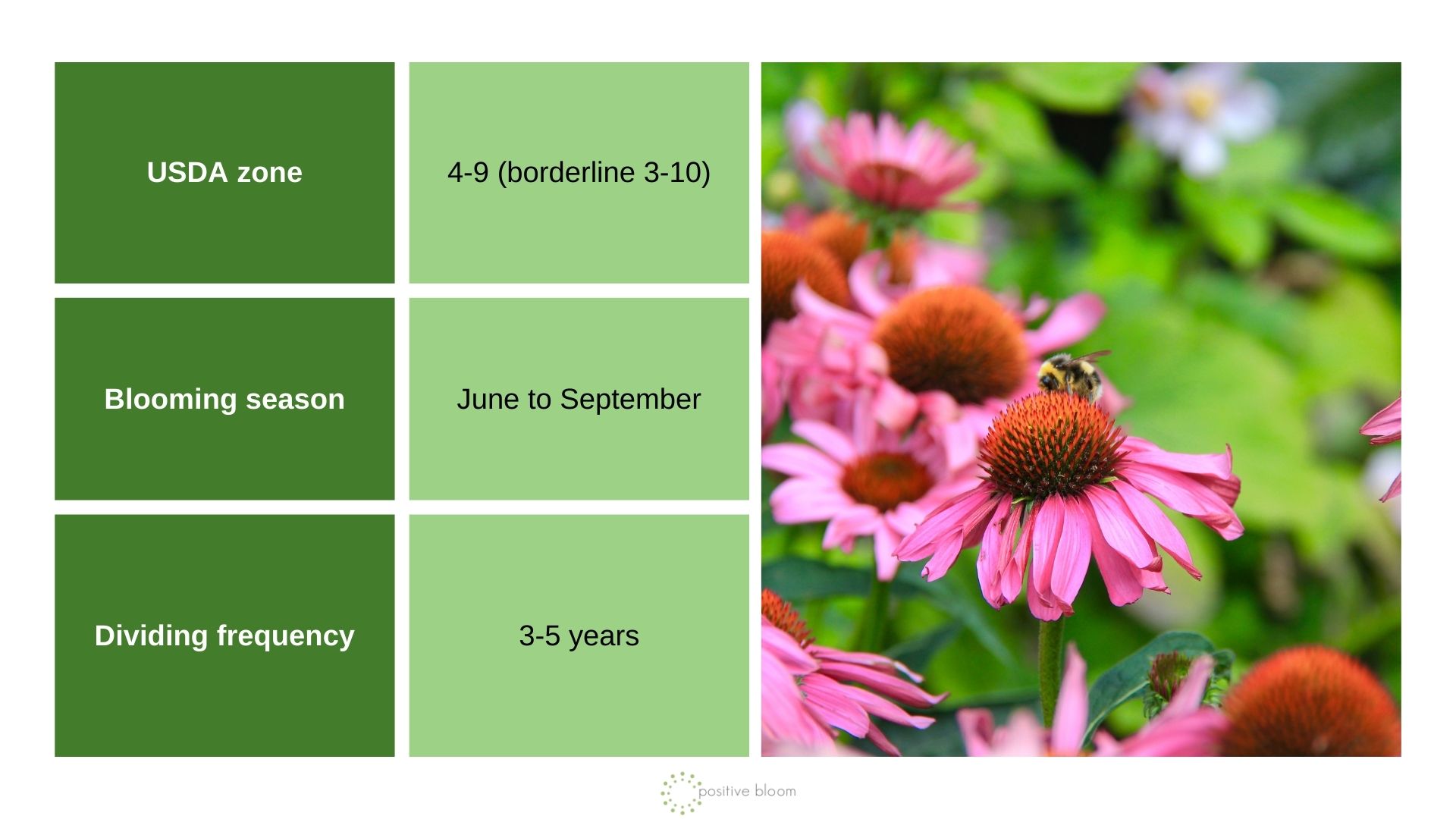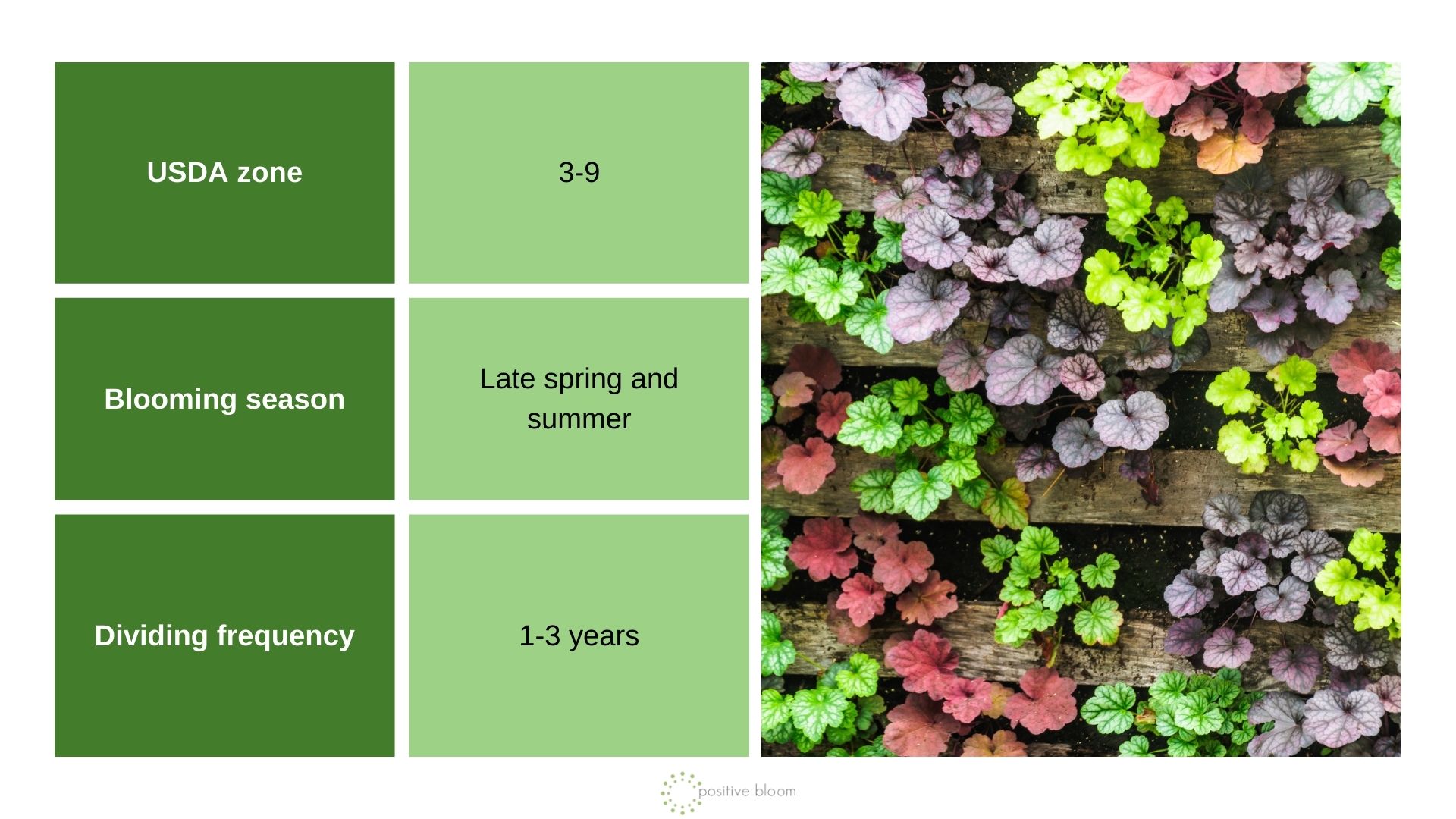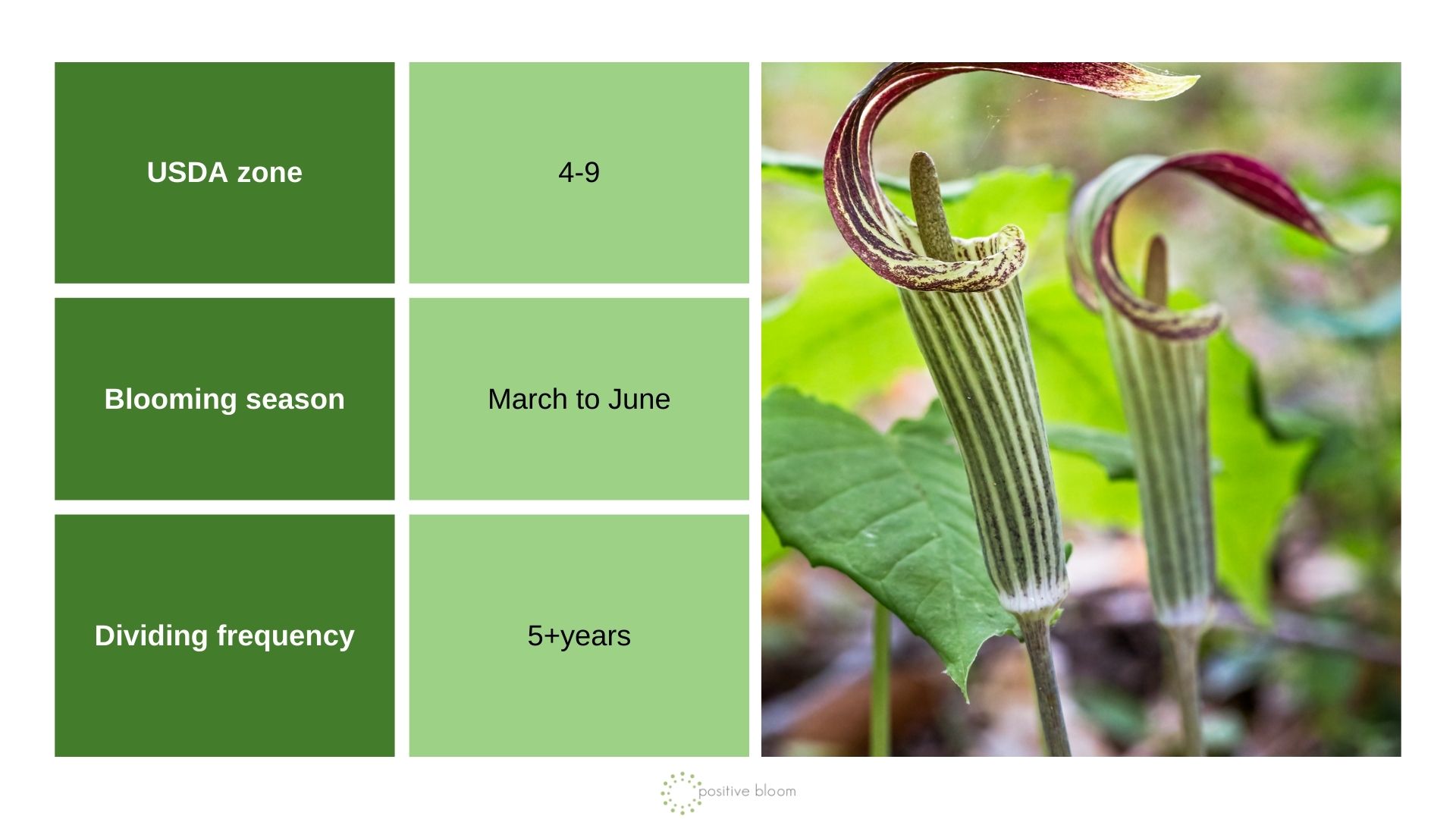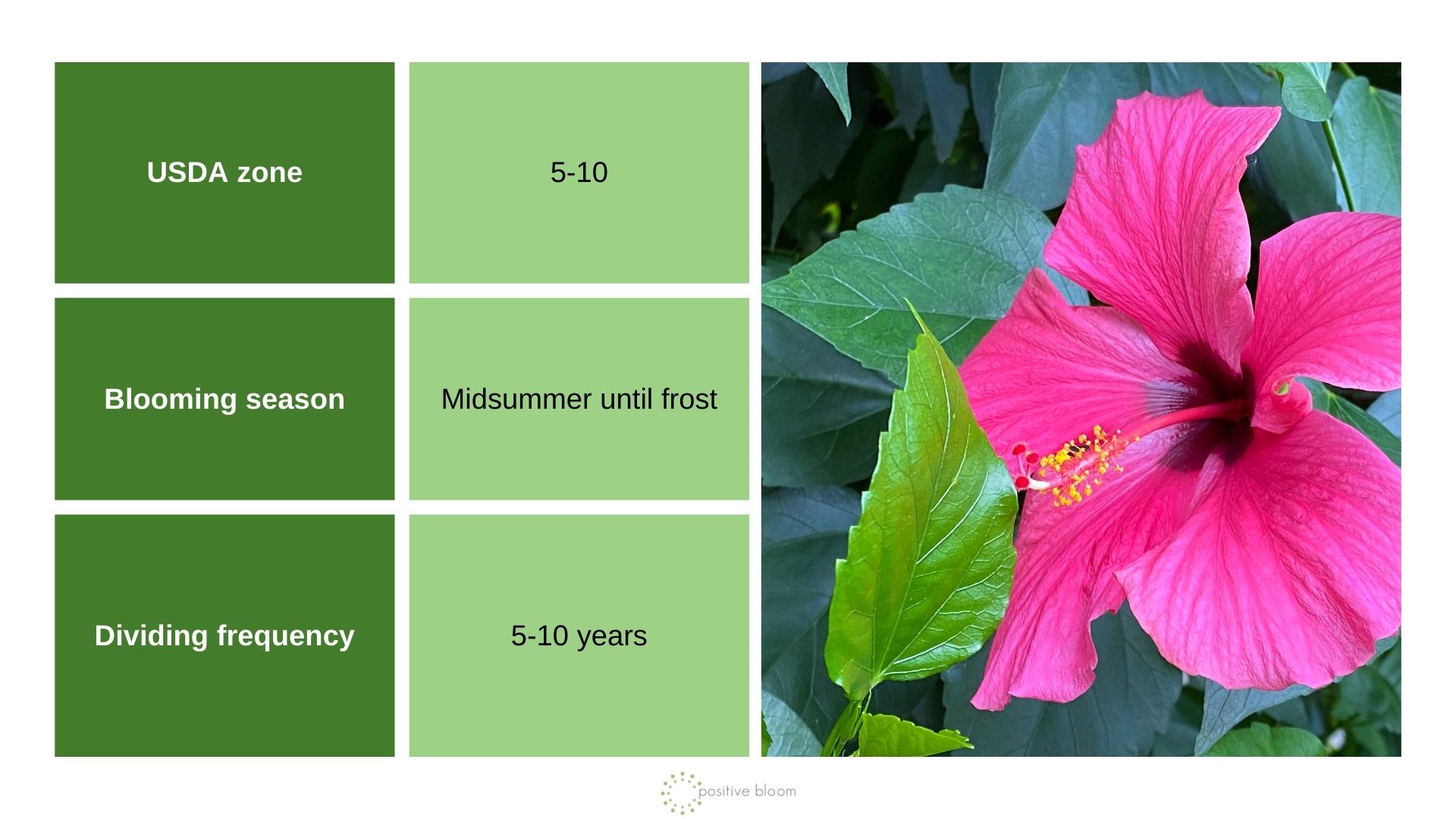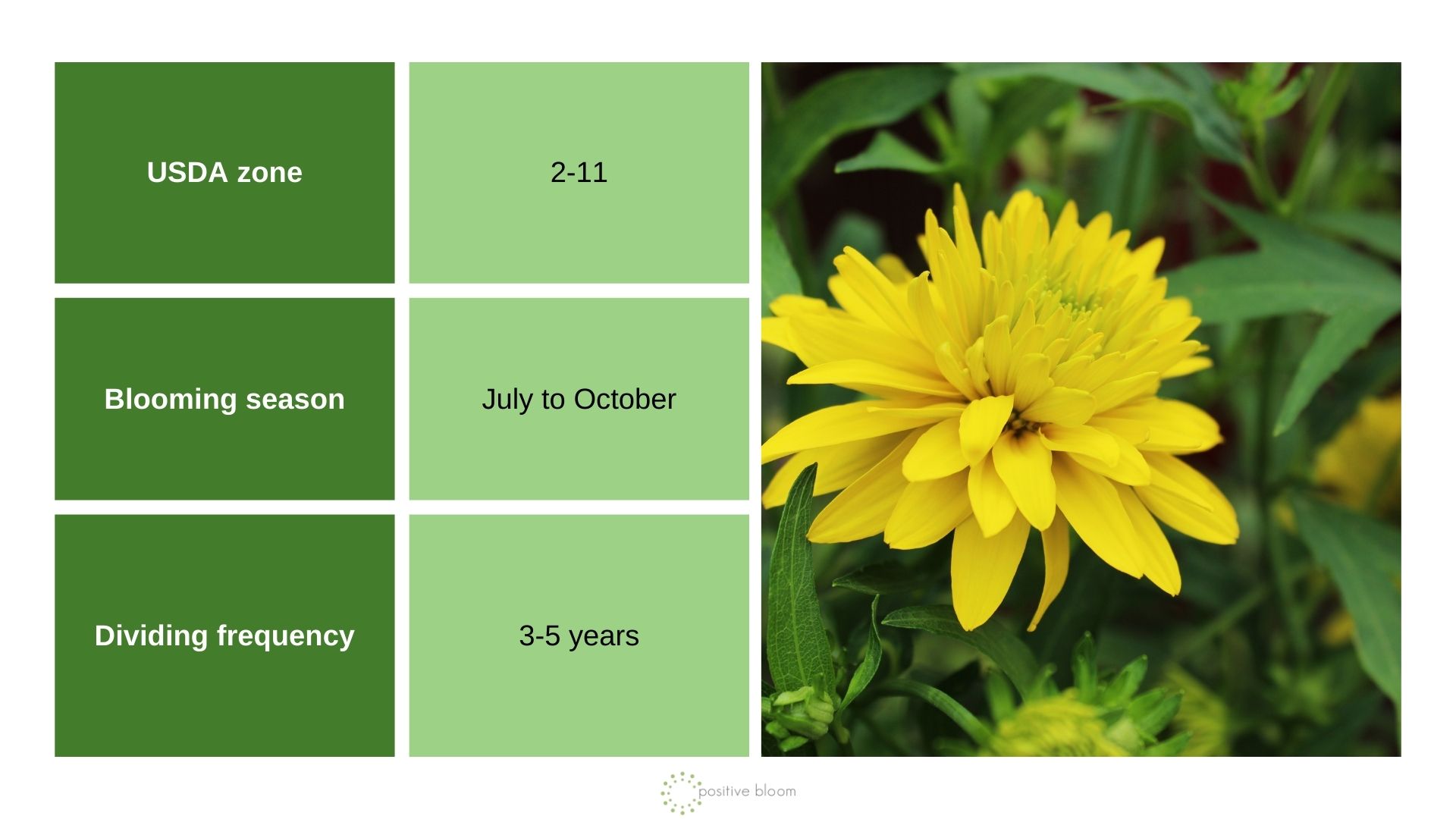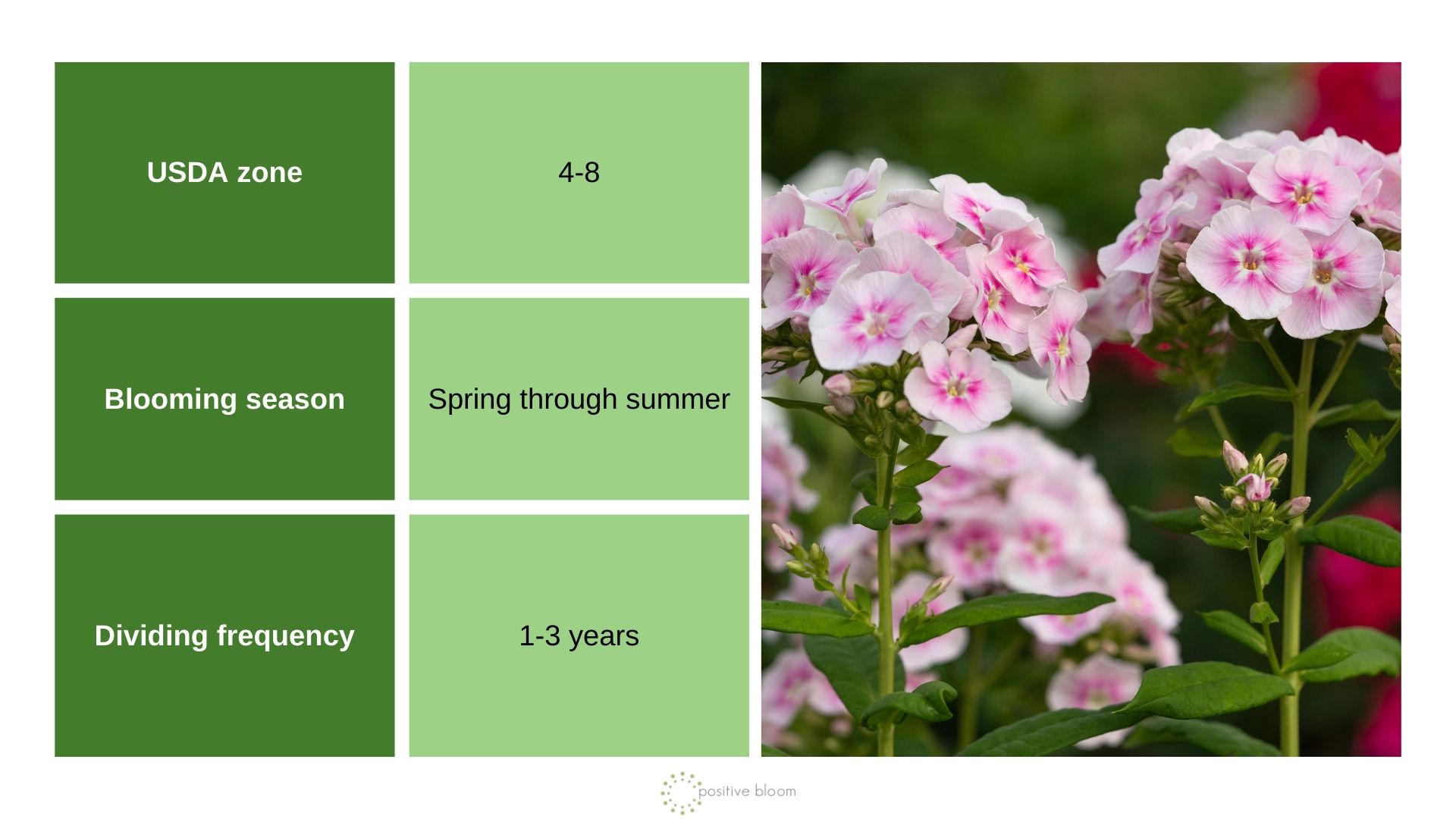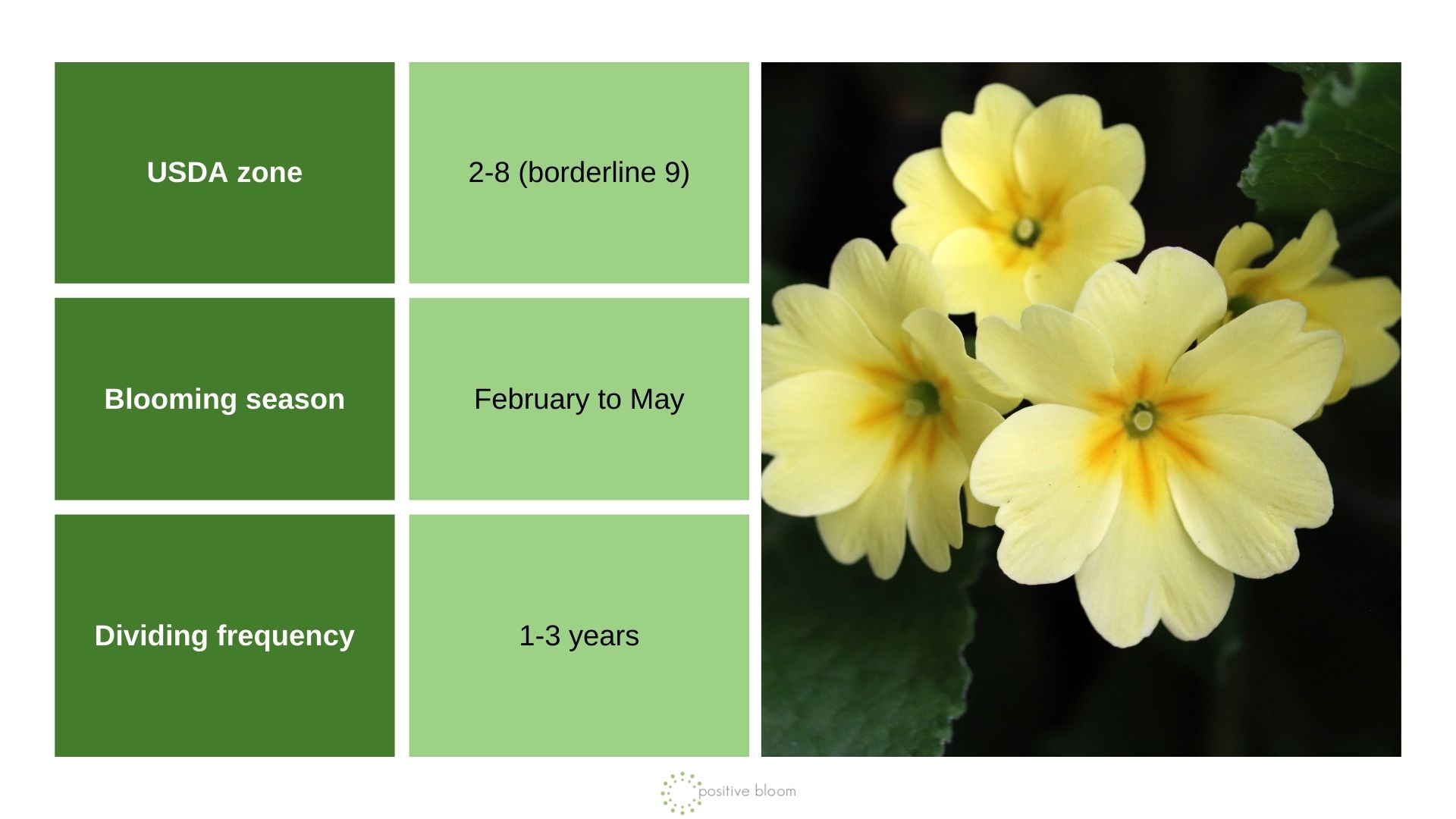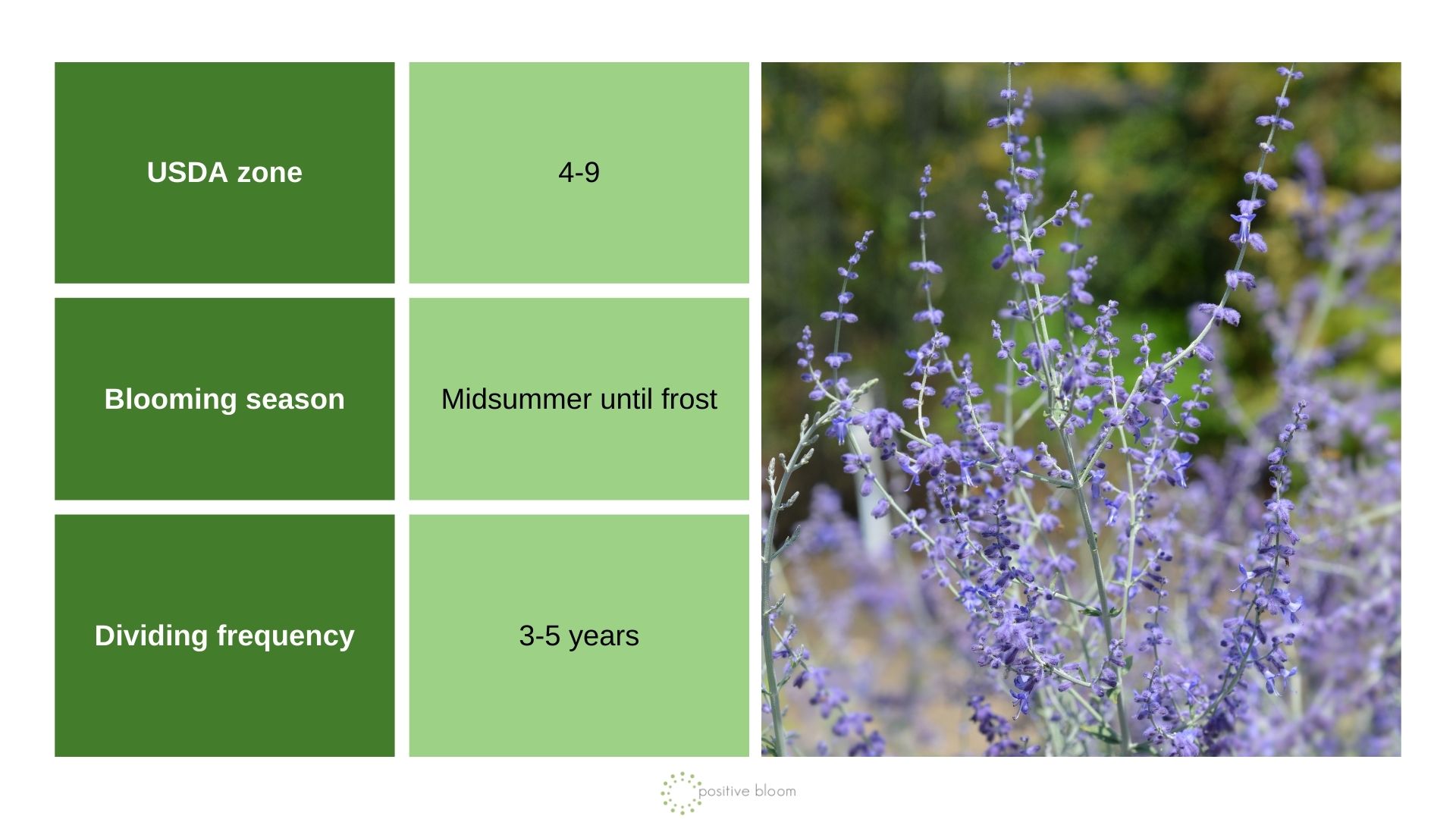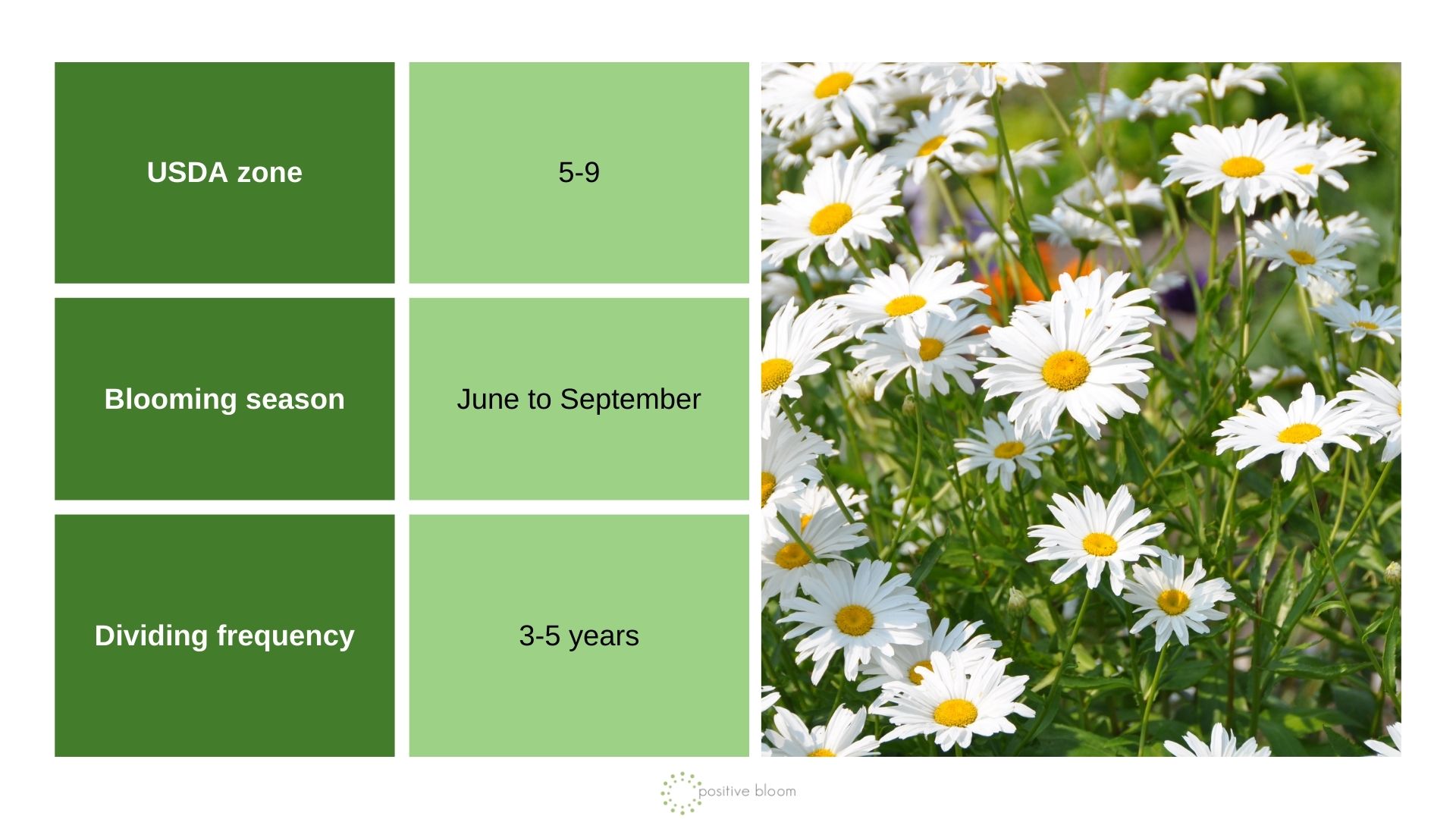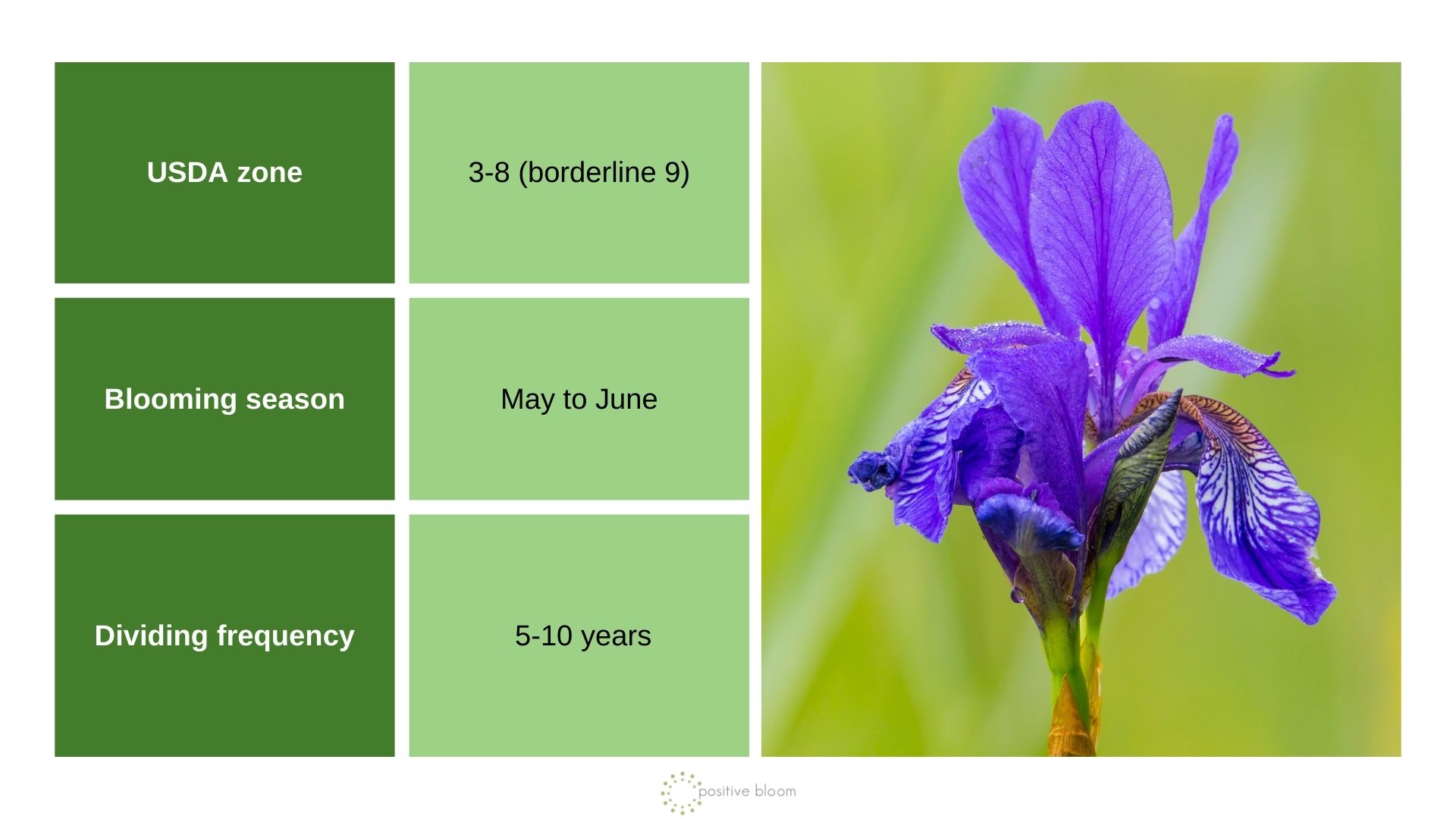Perennials can save you a lot of planting trouble because you only have to plant them once.
However, there are two other chores you have to do – dividing and transplanting.
If you neglect these jobs, you’ll notice that your flowering perennials produce less and less flowers, your ferns and hostas turn yellow and slowly stop growing, and the centers of all these plants start dying.
You can divide them in fall or spring, although I prefer fall division whenever possible because it won’t affect flowering the following season.
Here are some plants that are best divided in fall.
Let’s get started!
#1 Bearded Iris
One of the things I love about bearded irises is that you can find them on the list of best plants to grow in clay soil.
And once you have them thriving for a couple of years, it is time to divide them in order to encourage more growth and air circulation, and prevent overcrowding.
Do this by separating their rhizomes and replanting them soon after.
P.S. In cooler climates, you might want to divide your bearded irises in late summer to give the plants enough time to establish before winter.
#2 Black-Eyed Susan
Black-eyed Susans are amazing wildflower plants, but they can quickly spread around your garden. If you want to control them or grow a great gift for your friends, you can divide them in fall.
They can also get tired after 3-5 years of constant flowering and overcrowding, which is why dividing them can encourage them to look better.
When dividing black-eyed Susans, you can either cut them back or not, uproot the plants, divide them gently with a knife, and replant new plants in separate holes.
#3 Columbine
If you want to plant some perennials for your fall garden, you can’t go wrong with columbines. They are generally short-lived, but you can still divide them if you want to multiply them or control their spread since they readily self-seed.
When dividing columbines, you have to dig a wide circle around them because they have an extensive root system that you don’t want to damage.
Once you do this, you can cut your plant down in several sections and replant them as soon as possible.
#4 Coneflower
The center of your coneflowers will start to die back if you don’t divide them regularly.
But don’t be afraid of this chore as it’s easy to master. Dig up your entire plant and divide the clumps using your hands.
You can turn to sharp pruners or a knife if you have particularly tenacious roots.
And if you want your perennial coneflowers to come back year after year, you need to care for them properly – and that includes dividing them in fall.
#5 Coral Bells
Coral bells tolerate division quite well, but you should still only do it when you see your plants have started to diminish.
First uproot these plants, clean their roots of dirt, and separate them using your hands. With particularly tough roots, you may want to resort to sterilized pruners.
Replant them into separate holes and mulch your coral bells to help them retain more moisture and prevent them from drying.
And once you add a couple of companion plants for your coral bells, your landscape will be all set.
#6 Ferns
Have you ever considered adding evergreen ferns to your garden? If so, you’ll be happy to hear that you should divide these green beauties every couple of years.
If you skip this step, their growth rate will slow down, the center may die out, and the plant may stop producing its fluffy and feathery foliage.
Make sure to split the rhizomes of your Japanese painted fern or lady fern in fall, when they are dormant.
And the best part of all this is that you can do this for all the ferns you have in your garden. Some you might need to divide in spring or fall, depending on their dormant season.
#7 Geranium
If you live in warmer climates and grow your geraniums outdoors all year long, you should divide them every 3-5 years if you want to keep them thriving.
Do this when you notice that their growth rate and flower quality and quantity have diminished.
Uproot the entire plant, divide it into a few sections following the natural line these plants have created, and plant the resulting plants into their respective spots.
P.S. If you live in colder climates, it’s a good idea to save geraniums in fall by taking them indoors or overwintering them as bare roots.
#8 Hosta
Hostas are resilient perennials that tolerate cold and shade quite well. And the best part about them is that they are not fussy, so you only have to divide them every 5-10 years.
Do this once you notice their growth rate has slowed down and the overall quality of the plant has started to wane for no apparent reason.
Dig up your plant, clean the dirt from its roots, and divide the shoots with your hands or with a clean knife if needed.
Finally, there are some things you should do to hostas before winter, such as pruning and mulching (but avoid fertilizing since that can encourage new growth that will die in the cold).
#9 Jack-In-The-Pulpit
There are a couple of things to help you decide when to divide your perennials, such as your climate, temperatures, plant age, health, size, etc.
When dividing this unique woodland perennial, make sure not to do it too frequently because it likes to be left alone.
Uproot the entire Jack-in-the-pulpit and separate the extra corms by breaking them off, not cutting through the entire root system. Replant the original and new plants in a rich and moist medium as soon as possible.
#10 Lavender
If you want to stop your lavender from growing woody, you should prune it regularly, yes, but also divide it from time to time to promote air circulation.
Since it is a woody perennial, you only need to find offshoots that grow near the main stem. Take your clean pruners and snip the connection between the baby and parent stems.
Afterwards, take your shovel and uproot the offshoot, planting it in a new location that gets plenty of sunlight and has excellent drainage.
Remember, if there are no offshoots, you shouldn’t divide your lavender since that can only cause damage to the plant.
#11 Lily
Lilies aren’t that fussy about being divided like some other plants on this list, and won’t go through a lot of stress.
Still, make sure to keep them well watered and divide them only once they become overcrowded. You’ll recognize this by fewer flowers and centers starting to die back.
Since most lily varieties spread quickly (daylilies and lily of the valley especially), make sure to divide them every 3-5 years. Asiatic lilies don’t need to be divided that frequently, so every 5 years or more is a good way to start.
Dig out the bulbs, separate them, and replant them immediately after.
Finally, the best time to divide daylilies is in fall because the temperatures are cooler and will reduce the risk of transplant shock. The same goes for other lily varieties.
#12 Oriental Poppy
There are numerous varieties of this plant, but one that really strikes me is on the list of black and white flowers – the oriental poppy ‘Royal Wedding.’
And just like with all oriental poppies, you should divide it in fall. Do this very rarely and only when necessary since these plants hate being moved around and will get stressed out a lot.
If you notice that the quality and quantity of flowers are poor, divide your oriental poppies in the early fall and plant them in a sunny location.
#13 Peony
Much like Siberian irises, peonies don’t like to be disturbed often (every 5-10 years is enough). If you notice your plant struggling, its center slowly dying, and poor flowering, consider dividing it.
The best time to do this is in fall when the plant has stopped blooming. Cut your plant back in fall, uproot it, and divide it so that each section has 3-5 healthy buds for growing.
Replant peonies as soon as you separate or give them to your family, friends, or neighbors if you have too many.
P.S. A bonus trick for growing peonies in your garden is understanding how to harvest peony seeds and plant them in your flower beds.
#14 Perennial Hibiscus (Rose Mallow)
Hibiscus plant care is fairly simple, especially since they don’t require frequent division, and this is true with the perennial hibiscus in particular.
However, if you want to make your plant more manageable or simply have a few more rose mallows in your garden, you can divide its roots but make sure to do it carefully.
The best time to divide a perennial hibiscus is in fall because it may not flower for a long time if separated in spring.
Once all the leaves turn brown and most of them fall off, take your shovel and drive it into the ground in the center of the plant (or wherever you can see a natural lining dividing the plant).
Cut through the roots with a shovel and replant your new rose mallow into an area you designated for it.
#15 Perennial Sunflower
I know what you’re thinking: aren’t sunflowers annuals? Well, there are perennial varieties, and these benefit from occasional division.
In fact, if you want to keep them thriving and flowering year after year, make sure to separate them every 3-5 years.
Dig them up in fall and divide them into a couple of smaller clumps (1-2 inches in diameter) you can plant all over your garden.
Just make sure they get full sun and have fertile and well-drained soil in order to keep them thriving.
And don’t forget to try some sunflower companion plants; they can elevate your landscape in an instant.
#16 Phlox
Fall is also a good time to cut back phlox and separate it. Since this is a spreading perennial, you don’t have to uproot the entire plant when dividing it.
Just take a shovel and dig up the part you want to move, leaving the rest of your phlox alone.
#17 Primrose
If you just found a woodland shade garden idea you want to try out and are wondering what plant would be good for it, try primroses. This genus numbers 500 species, with different temperature tolerance and blooming times.
Primroses don’t require too much care and you only need to divide them every couple of years to have them thriving.
Lift your plant up from the ground, clean the roots, separate them into several plants, and discard the center of the plant if it has stopped producing flowers.
Do this on an overcast day to reduce the transplant shock, trim the roots a bit, and move your primroses to a fertile and moist medium.
#18 Russian Sage
Russian sage is a gorgeous fragrant perennial shrub that you can train into a hedge or simply plant all over your garden.
The good news is that you don’t have to divide it very often, but if you want it to thrive, prevent it from becoming woody, and encourage air circulation, you should do it every 3-5 years.
You’ll notice that it produces baby stems near the main bush. In this case, use your gardening scissors to separate the offshoots from the parent stem, dig it up, and move it to its new location.
P.S. It’s also a great idea to know when to cut back Russian sage. Sure, you can do it in fall when dividing it, but this chore is best done in spring since there’s no danger of extreme cold damaging the new growth.
#19 Shasta Daisy
These classic beauties are perfect for low-maintenance gardens, but you still have to divide them from time to time.
Once you notice they’re not producing as well as they used to, dig out the entire plant in fall, separate the clumps with your hands (or use a clean, sharp knife if necessary), and replant new shasta daisies into the ground.
It is also good to know when to cut back shasta daisies because it can help keep them healthy during winter and encourage them to bloom more abundantly.
P.S. The same process goes for painted daisies, too.
#20 Siberian Iris
Siberian irises are on the list of spring bulbs best planted in fall. And if you let them naturalize in your garden, that’s also the best time to divide them.
You don’t have to divide them as often as bearded irises, but you should consider doing it every 5-10 years or whenever you notice they slow down their growth and start blooming less abundantly.
Cut them back to about 6-12 inches from the ground, uproot their rhizomes, clean them from the dirt, separate them with a sharp and sterilized knife, and replant or gift them to your neighbors.

